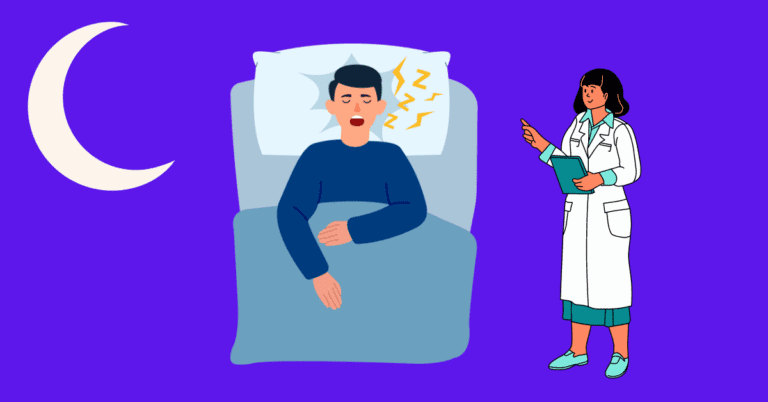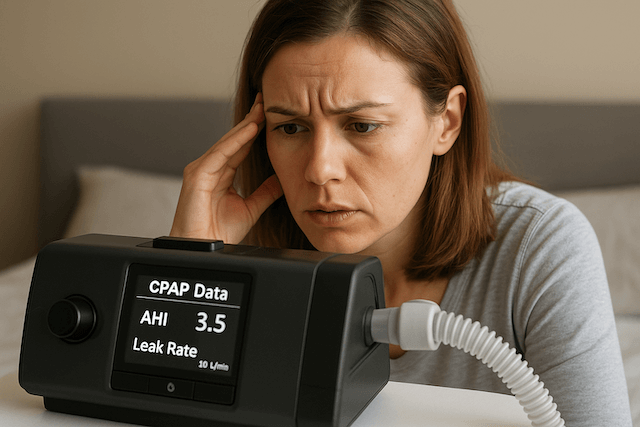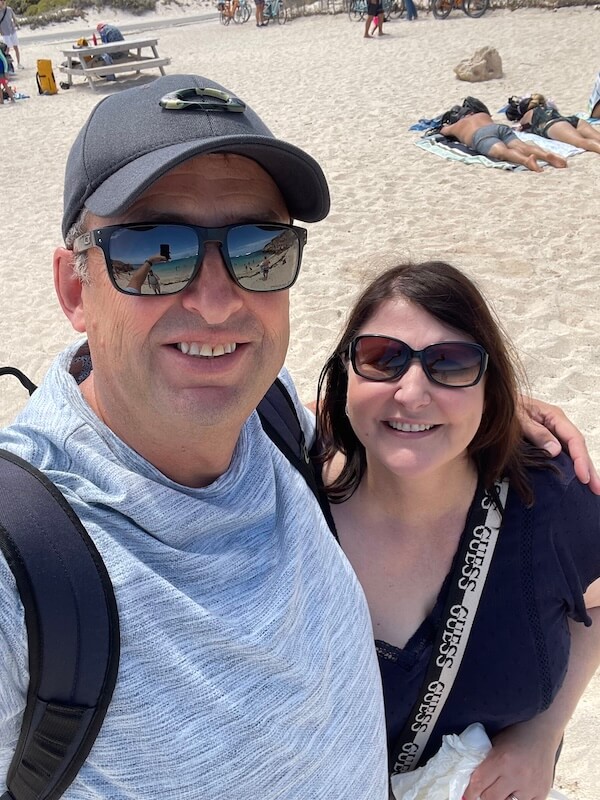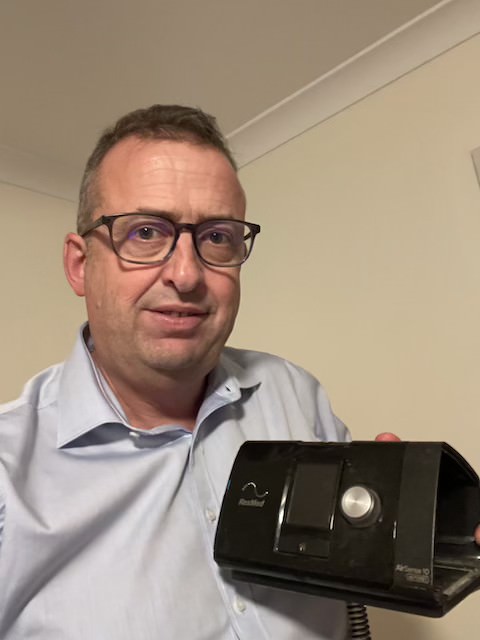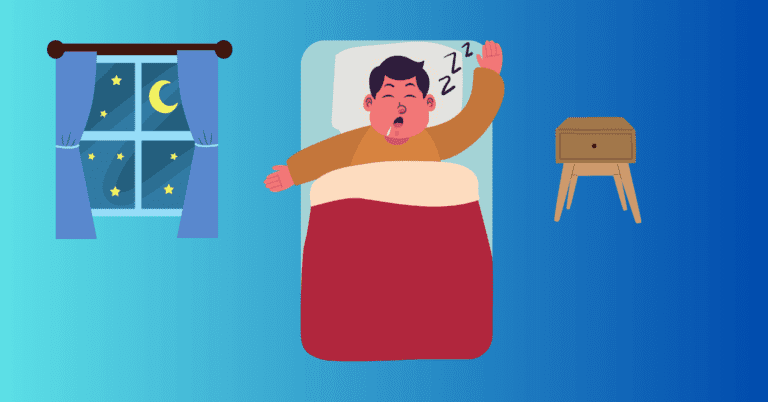What is ASV? Adaptive Servo-Ventilation
Jeremy Smith is a long-term CPAP user and sleep apnea advocate. After being diagnosed with severe obstructive sleep apnea, he created ByJeremySmith.com to help others navigate CPAP therapy through personal stories, gear reviews, and practical advice.
If you’ve landed here, chances are you’re either newly diagnosed with central sleep apnea or you’re one of the many people who tried CPAP and still wake up exhausted.
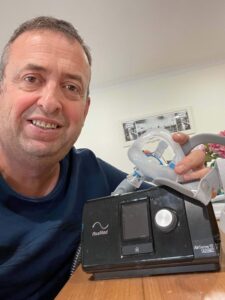
I was diagnosed with severe obstructive sleep apnea, and CPAP therapy has turned my life around.
And I want that for you. If you’re here, then you or a loved one has received a diagnosis for a more complex type of sleep apnea that requires something called ASV—Adaptive Servo-Ventilation.
Let’s take the lid off Adaptive Servo-Ventilation and discover what it’s all about.
🌬️ What is Adaptive Servo-Ventilation (ASV)?
ASV is a smart, responsive type of PAP (positive airway pressure) therapy used to treat:
- Central Sleep Apnea (CSA)
- Complex Sleep Apnea (a mix of obstructive + central events)
- Cheyne-Stokes respiration (often linked to heart failure)
Unlike CPAP, which maintains a constant pressure, ASV machines are dynamic. They monitor your breathing rate, depth, and regularity and adjust support in real time, breath-by-breath.
Here’s how it works:
- If your breathing slows or pauses, the machine increases pressure to kickstart it.
- If your breathing stabilizes, it backs off to let your body do the work.
Think of ASV as adaptive support—it only intervenes when you need it.
🤔 Who Should Use ASV?
ASV isn’t for everyone. It’s a specialized therapy prescribed for those with:
- Central sleep apnea, where the brain fails to signal the body to breathe
- Complex sleep apnea, where central events emerge during CPAP therapy
- Cheyne-Stokes respiration, a cyclical breathing pattern seen in some heart failure patients
Common signs that ASV might be right for you:
- You’ve already tried CPAP or BiPAP, and it didn’t help
- Your sleep study showed frequent central apneas
- You wake up gasping or with no memory of breathing disruptions but still feel drained
⚙️ How Does ASV Work? (In Simple Terms)
Here’s the key: ASV learns your breathing pattern.
It adjusts pressure breath by breath, responding instantly to irregularities.
🧠 Behind the scenes:
- Tracks every breath: The machine uses a built-in algorithm to detect how deeply and frequently you’re breathing.
- Detects disruptions: If your brain forgets to send the “breathe” signal (central apnea), the ASV steps in.
- Delivers pressure support: It gently increases pressure to restart your breathing, then pulls back when you’re stable.
🔄 Compared to other machines:
| Feature | CPAP | BiPAP | ASV |
|---|---|---|---|
| Pressure Type | Fixed | Dual-Level | Adaptive / Dynamic |
| Breath Monitoring | ❌ No | ⚠️ Limited | ✅ Continuous |
| Responds to Apnea Type | Only obstructive | Mostly obstructive | Obstructive + Central |
| Best For | OSA | CPAP-intolerant OSA | CSA, complex apnea, Cheyne-Stokes |
🎓 So how does ASV work? This article explores the science behind ASV.
🧪 What to Expect from an ASV Titration Study
Before you’re prescribed an ASV machine, you’ll likely undergo a titration study. That’s where they monitor your sleep while gradually adjusting the ASV settings to find your optimal pressure support levels.
What you might notice:
- A smoother transition between breaths than with CPAP
- Fewer awakenings during pressure changes
- You might actually remember your dreams the next morning
A successful ASV titration often feels more natural than CPAP, especially for those who struggle with pressure spikes or air hunger.
🎓 Want to learn more? This article explains more about sleep tritation
🛠️ What Devices Offer ASV Therapy?
Right now, ResMed dominates the ASV market, especially with their flagship model:
✅ ResMed AirCurve 11 ASV
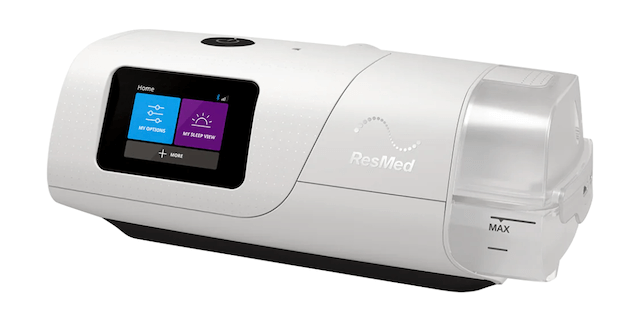
- Advanced algorithm for central + complex apnea
- Built-in humidifier + ClimateLine heated tubing
- Full data tracking via myAir or AirView
🥇 Want to learn more about the ResMed AirCurve 11 ASV Machine?
💡 Want to learn more about the best ASV machines available to buy?
🩺 Common Side Effects (And Fixes)
ASV is generally well-tolerated, but there are a few side effects to watch for:
- Pressure discomfort 🌀 – eased by ramp features or pressure relief
- Aerophagia (swallowing air) 💨 – may require fine-tuning of expiratory pressure
- Dry mouth or nasal irritation 🌵 – solved with humidification and mask fit
💰 Is ASV Covered by Insurance or Medicare?
Yes, but coverage is stricter than for CPAP. To qualify:
- You need a documented diagnosis of central or complex sleep apnea.
- You must show that CPAP or BiPAP failed.
- A titration study must demonstrate ASV’s effectiveness.
Medicare, Tricare, and most private insurance carriers will cover it if medical necessity is proven.
🛏️ What’s It Like Sleeping With ASV?
Sleeping with an ASV machine isn’t quite the same as using a CPAP or BiPAP. While they all fall under the umbrella of PAP therapy, ASV is dynamic—constantly adjusting pressure to match your breathing needs in real time. That adaptiveness makes ASV so powerful and makes the experience feel a bit different for new users.
Here’s what you can expect based on what real users say.
😴 The First Few Nights: Getting Used to the Rhythms
During the first few nights, some noticed that the ASV machine felt “lively” compared to CPAP. It kicks in when you pause breathing and backs off once you’re stable. That constant adjustment can feel strange until your body syncs with it.
“The pressure changes felt odd at first—almost like it was trying to guess my next breath. But by the third night, I barely noticed it anymore.” – Mark T., ASV user with complex sleep apnea
“It was more active than CPAP, but not in a bad way. It felt like it was paying attention instead of just blasting air the whole time.” – Alicia W., diagnosed with Cheyne-Stokes
Some users describe it as having a “breathing partner” that helps when you need it but stays out of the way when you don’t.
🧰 Comfort Tips Shared by ASV Users
If you’re starting ASV therapy soon, here are a few tips gathered from sleep apnea communities and forums:
- Use the ramp setting. This allows your body to relax as the machine gradually builds up pressure. It’s beneficial if you’re sensitive to airflow changes.
- Mask choice matters. Many ASV users prefer full-face or hybrid masks because they’re more stable during pressure shifts.
“I had to swap my nasal mask for a full-face one because the pressure changes made the seal slip. After that, it was smooth sailing.” – Jordan M.
- Give it a whole week. The first few nights might feel unfamiliar, but most users report a significant improvement in sleep quality and daytime alertness within 7–10 days.
📈 Long-Term Impact: Better Sleep and More Energy
Once adjusted, many users report feeling more rested, alert, and even emotionally balanced.
“With CPAP, I still woke up groggy and anxious. With ASV, it’s like my brain finally gets to rest.” – Tanya K., switched to ASV after CPAP failed
“My AHI dropped from 48 to under 2. That’s not just a number—it’s the difference between dragging through work and actually living.” – Eric D., central apnea patient
Clinical studies back this up. ASV has been shown to:
- Reduce central apnea index (CAI) dramatically
- Improve oxygen saturation stability
- Increase sleep efficiency
- Reduce arousals during sleep
And for people with Cheyne-Stokes respiration, particularly those with heart failure, ASV may help smooth out breathing rhythms and reduce sleep fragmentation.
💡 Final Word
If you’re preparing to start ASV therapy, know that some initial adjustment is totally normal—but the payoff can be huge. Most users who stick with it say they feel more rested, more clear-headed, and more like themselves again.
Even if the machine feels “active” the first few nights, it’s just doing its job: responding to your real-time breathing needs. That kind of precision is what makes ASV a game-changer for central and complex sleep apnea.
📖 Related Resources (Build Your Knowledge)
- 🔍 How Does ASV Work
- 💾 ASV Therapy Data Tracking
- 🩺 ASV Therapy for Other Health Conditions
- 🔮 Future of ASV Technology
- 🛍️ ASV Machines Review
- ✅ ResMed AirCurve 11 ASV Review
📌 Final Thoughts: Is ASV Right for You?
If you’ve been frustrated by CPAP or BiPAP therapy—and especially if your sleep study shows central events—ASV could be your best path to restful, restorative sleep.
You will find that you are no longer dragging through the day, and you finally feel like you’re getting the deep sleep your body has been craving for years.
Talk to your sleep specialist about whether ASV therapy is a fit. And if you’re navigating insurance or trying to choose the right machine, I’ve got your back—feel free to explore the rest of the ASV hub.
Disclaimer: The content on this blog is for informational and educational purposes only and is not a substitute for professional medical advice. Always speak with your doctor or sleep specialist before starting, stopping, or changing any treatment or therapy related to sleep apnea or CPAP use.
